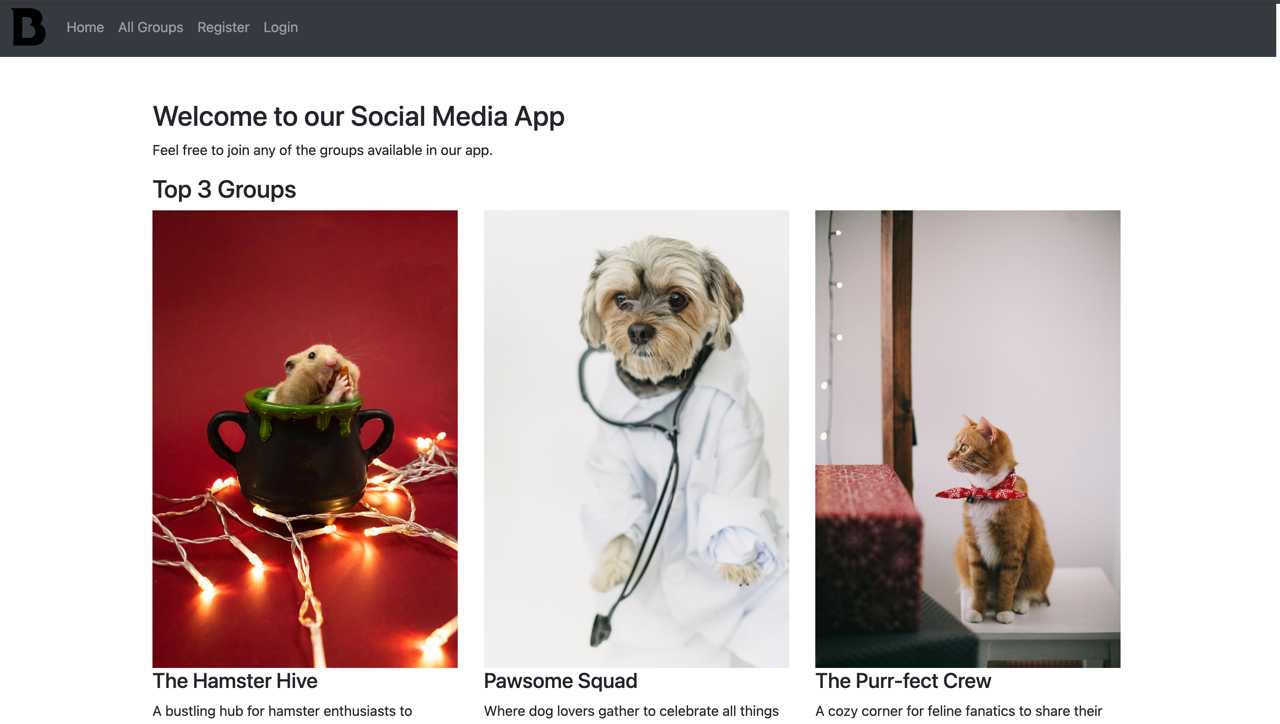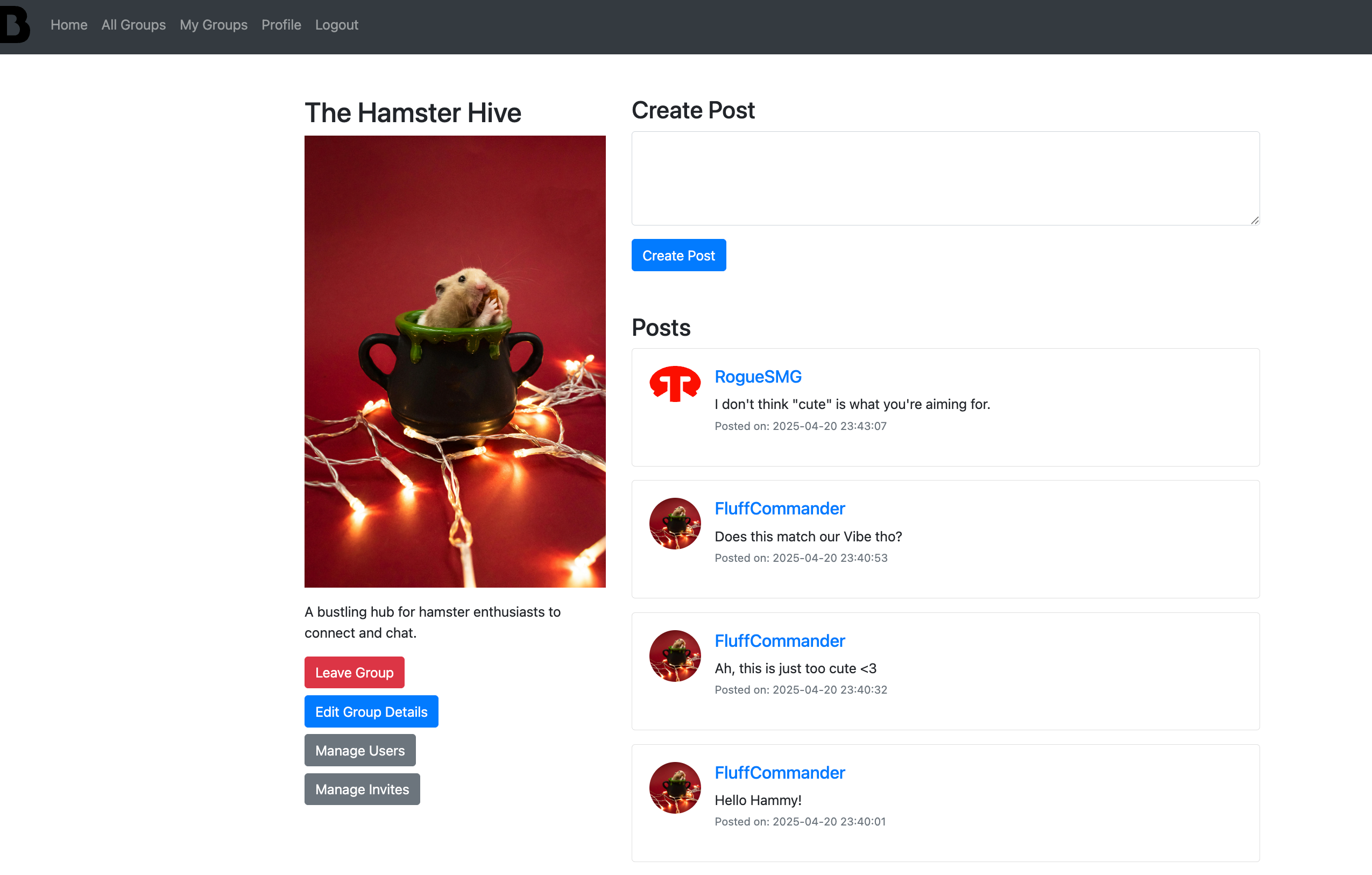So, in our last post, we talked about that frustrating gap between learning hacking fundamentals in standard labs and actually feeling ready for real-world targets. We shared why we felt something like the Barracks WarZone concept was needed.
But what does that mean in practice? What does it actually feel like to step into a WarZone like our free WarZone, "Barracks Social"?
Forget the step-by-step guides and flashing arrows pointing to the vuln. Imagine logging into what looks like a standard social networking site ("Barracks Social"). You can create a profile, post updates, follow users, maybe browse groups. It feels… normal. But beneath the surface, vulnerabilities inspired by real-world findings are lurking.
Your mission? Find them. But how you do that is entirely up to you.

Embracing the Fog: The WarZone Experience
Stepping into Barracks Social (or any future WarZone) means encountering a different kind of practice:
- Starting with a Scope, Not a Map: You get access, maybe some basic info about the application's purpose, but that's it. There are no hints saying "Check the image upload for XSS" or "The password reset is weak." Your first task is pure reconnaissance. You need to map out the application yourself – crawl endpoints, understand user roles, figure out what features exist, and form your own hypotheses about where weaknesses might lie. It feels more like exploring an unknown network than solving a predefined puzzle.
- It Fights Back (Subtly): The application isn't designed to just let you win. You might encounter input filtering you need to bypass creatively, or access controls that seem secure until you find that one specific logic flaw. It requires more methodical testing and less reliance on just firing off standard payloads.
- The Ground Shifts: This is key. "Barracks Social" isn't static. As users (like you!) find and report vulnerabilities (more on that below), we'll be simulating patch cycles in the background. A technique that worked previously might suddenly be blocked. A new feature might appear, creating entirely new areas to investigate (and potentially new bugs). This simulated evolution forces you to re-test, stay updated, and practice the adaptability crucial for real-world targets that never stay the same.
- Reporting Isn't Optional, It's Core: Found something exploitable? Great! Now comes the part many labs skip: writing a clear, professional report. You need to detail the vulnerability, provide unambiguous steps to reproduce it, explain the potential impact, and submit it. This simulates the process of reporting to a real bug bounty program or client – practicing the communication skills that are just as important as the technical ones. (We'll be reviewing these reports to help refine the simulation and, eventually, provide feedback).
- Thinking, Not Just Executing: Because there's no single "right" path, you're constantly forced to think critically. Why did that fail? What if I combine this input with that user role? Could this seemingly minor info leak be useful later? It pushes you beyond just running tools towards developing genuine investigative instincts.

Is it Harder? Maybe. Is it More Realistic? We Think So.
The goal isn't just difficulty for its own sake. It's about creating a practice environment that mirrors the process and challenges of real-world hacking more closely. It requires patience, persistence, and a willingness to learn from dead ends as much as from successes.
It's about building the confidence that comes from navigating complexity yourself, not just following instructions.
Your Turn to Explore
The best way to understand it is to experience it. "Barracks Social" is live and FREE! Deploy, explore, see if this approach resonates with the challenges you've faced in your own learning journey.
We built this because we believe this kind of practice is missing. Now, we need your feedback to make it truly effective.
Ready to see the difference? Access the Free "Barracks Social" WarZone
Catch up on: Why We Built Barracks?